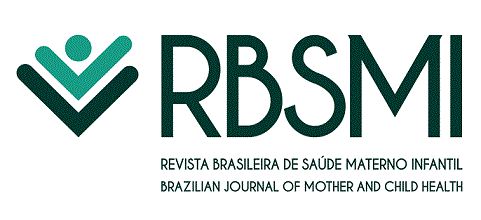Abstract
Objectives:
to assess the concurrent validity of kyphosis index measured in the flexicurve from the correlation of X-rays exams, identifying its accuracy and to assess the thoracic spine in children and young people.
Methods:
31 young people at an average age of 11.1±3.4 years were evaluated by digital x-rays: (1) Cobb angle (ÂngCobb), (2) Kyphosis index (KIX), and (3) KIX angle (ÂngKIX). These were measured from the flexicurve design on the millimetric graph paper: (1) Kyphosis index (KIFint), obtained from C7 the intersection of kyphosis-lordosis, (2) Kyphosis index (KIFT12), obtained between C7 and T12, and (3) Kyphosis angle (ÂngKIFint and ÂngKIFT12). Statistical analysis: Correlation to Pearson Moment-Product and t test (α<0.05).
Results:
the angular values (ÂngKIFint, ÂngKIFT12, ÂngKIX) were underestimated in relation to Cobb angle (p<0.05), correlating only to KIX angle and Cobb angle [r=0.698, p<0.001]. The linear values (KIFint, KIFT12, KIX) were similar ( p>0.05) among themselves, correlating only to KIX and Cobb angle [r=0.698, p<0.001] and KIX angle and KIX [r=1; p<0.001].
Conclusions:
the KIX and KIX angle presented as an accurate method and valid to be used in the thoracic kyphosis assessment, although KIFint, KIFT12, KIFint angle and KIFT12 angle showed no correlation to the gold standard and not being indicated to assess the thoracic kyphosis in children and young people.
Key words
Kyphosis; Posture; Validity of tests; X-rays



